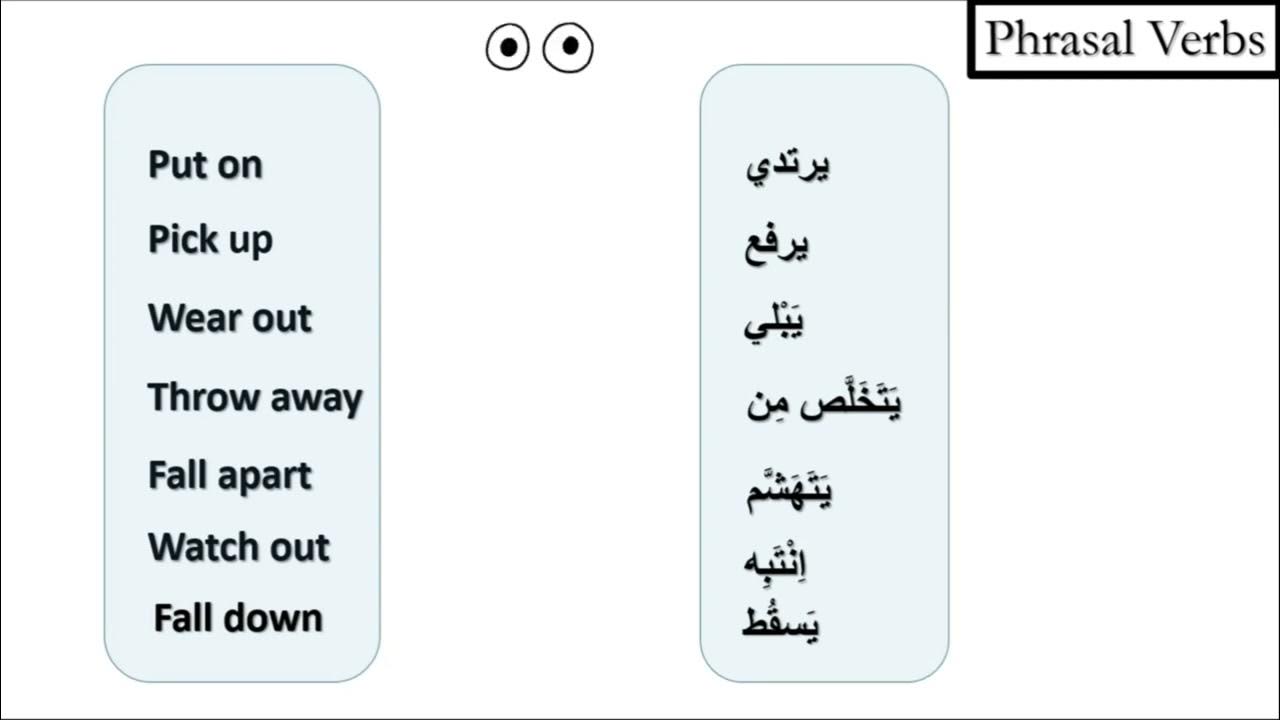CODE-SWITCHING: Jumping Between 2 Different Languages
Summary
TLDRيتناول الفيديو مفهوم التحويل بين اللغات (code switching)، وهو الانتقال بين لغتين أو أكثر في حديث واحد أو جملة واحدة. يوضح الفيديو أن هذه الظاهرة شائعة في العائلات المهاجرة وفي الدول متعددة اللغات، مثل الهند والفلبين. يشرح أيضًا الوظائف المختلفة للتحويل بين اللغات، مثل وظيفة التوجيه لإشراك أو استبعاد الآخرين من المحادثة، أو التعبير عن الهوية، أو التأكيد على نقطة معينة. يعرض الفيديو أمثلة من أفلام هندية وفلبينية لتوضيح كيفية حدوث التحويل بين اللغات وسبب حدوثه.
Takeaways
- 😀 يتحدث بعض الناس لغة واحدة فقط، بينما يتحدث الآخرون لغتين أو أكثر.
- 😃 التحويل بين اللغات، أو التحويل الشفري، يحدث عندما يتنقل المتحدثون بين لغتين أو أكثر في نفس المحادثة.
- 😄 التحويل الشفري شائع بين العائلات المهاجرة حيث يتعلم الأطفال لغة البلد الجديد بجانب لغتهم الأم.
- 😁 يحدث التحويل الشفري في بعض البلدان التي تتحدث لغتين، مثل الهند (الهندية والإنجليزية) والفلبين (التاغالوغية والإنجليزية).
- 😆 التحويل الشفري يختلف عن ثنائية اللغة، حيث يتم استخدام لغتين أو أشكال لغوية مختلفة في سياقات مختلفة.
- 😉 التحويل الشفري يمكن أن يكون وظيفيًا، مثل توجيه الحديث أو التعبير عن الهوية أو للتأكيد على نقطة معينة.
- 😊 هناك أنواع مختلفة من التحويل الشفري، مثل التحويل بين الجمل أو داخل الجملة، وكذلك التحويل الشفري بين علامات اللغة.
- 😋 استخدام التحويل الشفري يمكن أن يكون بدون وعي من المتحدثين، وغالبًا ما يتم بشكل عفوي.
- 😎 قد يستخدم المتحدثون التحويل الشفري لإدخال أو استبعاد أشخاص من المحادثة أو للتعبير عن أفكار أكثر بوضوح.
- 🤔 التحويل الشفري شائع بين الأطفال في العائلات ثنائية اللغة ويعكس العلاقات بين اللغة والهوية الثقافية.
Q & A
ما هو التحول اللغوي (code switching)؟
-التحول اللغوي هو التبديل بين لغتين أو أكثر في محادثة واحدة أو حتى في جملة واحدة، وغالباً ما يحدث بدون اختيار واعٍ.
في أي مواقف يحدث التحول اللغوي؟
-يحدث التحول اللغوي في عائلات المهاجرين أو في بلدان تستخدم لغة محلية مع لغة استعمارية سابقة، مثل الهند والفيليبين.
ما الفرق بين التحول اللغوي (code switching) وثنائية اللغة (diglossia)؟
-ثنائية اللغة تعني استخدام لغتين في مواقف مختلفة، مثل المواقف الرسمية وغير الرسمية، بينما التحول اللغوي يحدث في محادثة واحدة ويمكن أن يكون داخل نفس الجملة.
ما هي اللغة الأساسية (matrix language) واللغة المضمنة (embedded language) في التحول اللغوي؟
-اللغة الأساسية هي اللغة التي تشكل أساس التواصل، بينما يتم إدخال كلمات أو عبارات من اللغة المضمنة داخل المحادثة.
ما هي الوظيفة التوجيهية للتحول اللغوي؟
-الوظيفة التوجيهية تحدث عندما يقوم المتحدث بالتبديل بين اللغات لضم أو استبعاد الآخرين من المحادثة، مثل إخفاء أسرار أو إنهاء محادثة خاصة.
ما هي الوظيفة التعبيرية للتحول اللغوي؟
-الوظيفة التعبيرية تستخدم لإظهار هوية أو انتماء ثقافي أو اجتماعي، أو للتعبير عن مكانة مرتبطة بمجموعة معينة.
ما هي الوظيفة الإحالية للتحول اللغوي؟
-الوظيفة الإحالية تحدث عندما يجد المتحدث صعوبة في التعبير عن فكرة بلغة واحدة فيلجأ إلى اللغة الأخرى لتوضيح الفكرة.
ما هو التحول بين الجمل (intersentential switching)؟
-هو نوع من التحول اللغوي حيث يتم التبديل بين اللغات عند حدود الجملة أو العبارة، كما في المثال: "Sometimes I’ll start a sentence in English y termino en español."
ما هو التحول داخل الجملة (intrasentential switching)؟
-هو التبديل بين اللغات داخل نفس الجملة أو العبارة، كما في المثال: "I don’t know o meu lugar nesse mundo."
ما هو التحول الإضافي للجمل (extra-sentential switching)؟
-هو إدخال كلمة أو عبارة قصيرة من لغة أخرى داخل الجملة، مثل استخدام كلمة "deshou" في نهاية جملة إنجليزية للتأكيد.
Outlines

هذا القسم متوفر فقط للمشتركين. يرجى الترقية للوصول إلى هذه الميزة.
قم بالترقية الآنMindmap

هذا القسم متوفر فقط للمشتركين. يرجى الترقية للوصول إلى هذه الميزة.
قم بالترقية الآنKeywords

هذا القسم متوفر فقط للمشتركين. يرجى الترقية للوصول إلى هذه الميزة.
قم بالترقية الآنHighlights

هذا القسم متوفر فقط للمشتركين. يرجى الترقية للوصول إلى هذه الميزة.
قم بالترقية الآنTranscripts

هذا القسم متوفر فقط للمشتركين. يرجى الترقية للوصول إلى هذه الميزة.
قم بالترقية الآنتصفح المزيد من مقاطع الفيديو ذات الصلة

Book 2: Listening and Speaking, Grammar Phrasal Verbs, Unit 6

How to use Transition Words and Sentences in Essays | Scribbr 🎓

{ بِمَا غَفَرَ لِي رَبِّي وَجَعَلَنِي مِنَ الْمُكْرَمِينَ } د. فاضل السامرائي

ليه كل اللي بيقولك "اسمع أكتر" بيضيع وقتك؟

العبادات المنسية !!! #شخبطة

(1) IFRS 15 2.1 Revenue Recognition

First Time You Felt Like an Adult | Easy German 567
5.0 / 5 (0 votes)